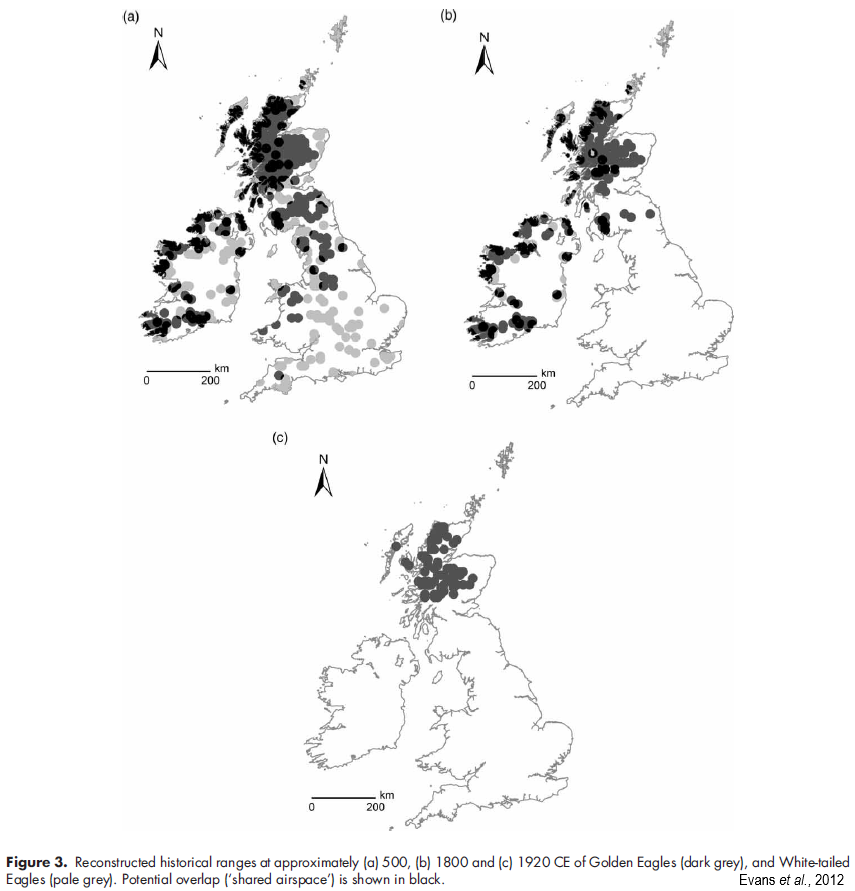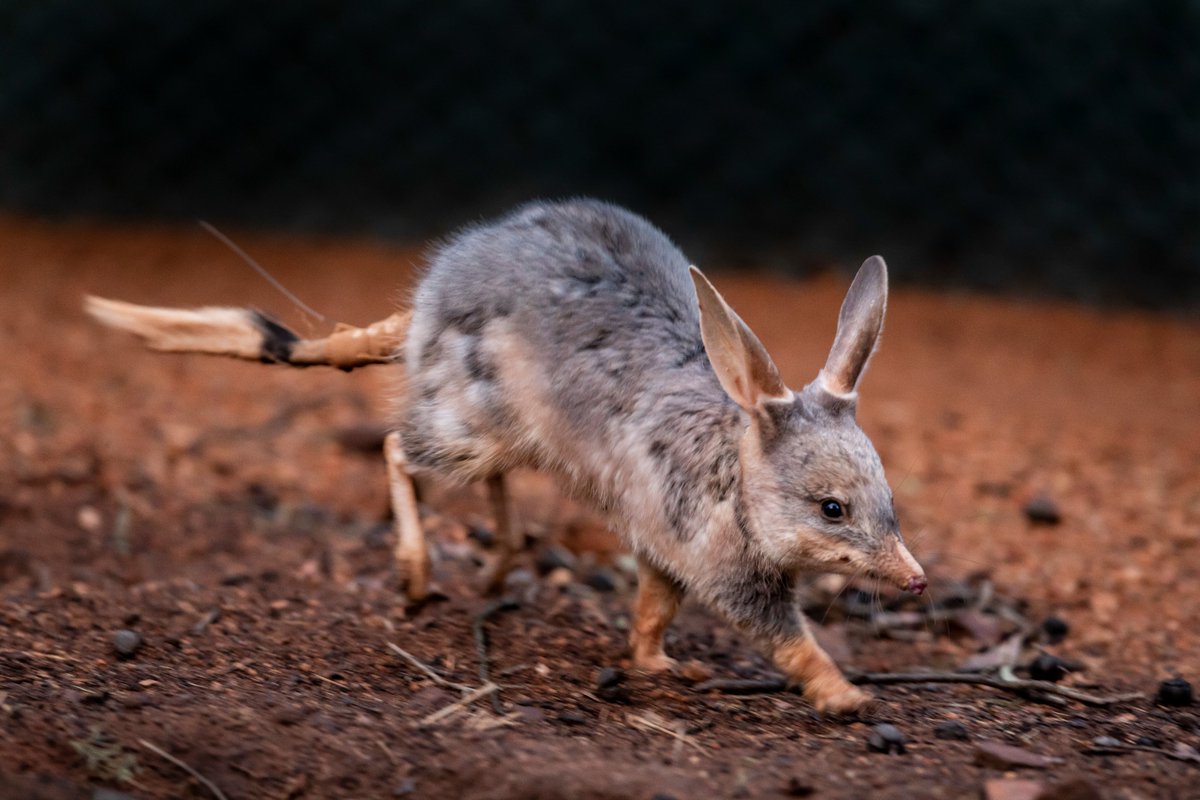Discover and read the best of Twitter Threads about #reintroduction
Most recents (12)
Fifth post of the #Wildlife Week #Reintroduction Series.
Day 5 – Return of the #Barasingha to #Satpura #Tiger Reserve !!!
Swamp Deer commonly known as Barasingha have three subspecies, Wetland Barasingha, Hardground Barasingha and Eastern Barasingha.
1/12
Day 5 – Return of the #Barasingha to #Satpura #Tiger Reserve !!!
Swamp Deer commonly known as Barasingha have three subspecies, Wetland Barasingha, Hardground Barasingha and Eastern Barasingha.
1/12

Once #swamp #deer inhabited areas from Central India to the Godavari river in the south. Currently, they are found in five discrete populations in 3 regions of central, north-east and northern India.
2/12
2/12
Before the 1950s, the number of Hard ground Barasingha was estimated to be around 3,000 in Banjar Valley of Kanha National Park (KNP). However, by the 1960s the number had dwindled to a meagre 66 due to expansion of #agricultural activities into barasingha habitats...
3/12
3/12
For #WorldAnimalDay I’ll talk about my research into Donegal’s Golden Eagles. Golden Eagles were once a resident breeding bird found throughout the upland and coastal areas of Ireland prior to their extinction due to persecution and habitat change around 1912. 1/18 



They are Ireland’s second largest raptor, after white-tailed eagles. With a wingspan up to 212 cm, males weigh 3.7 kg whilst females 5.3 kg on average. They can live to 23 years and begin breeding at 4 years old. Their diet is mostly mammals or birds, both alive or scavenged 2/18 

@eagle_trust carried out the first #reintroduction of chicks in 2001 with breeding attempts by reintroduced GEs recorded in 2005 and the first chick fledged successfully in 2007. In 2017, for the first time in over a century, an Irish-bred eagle successfully reared a chick3/18 





Fourth post in the #WildlifeWeek series. Today’s post is more of a #reviving one than #reintroduction.
Day 4 – Return of the #bandits to #Chambal !
The Red Crowned Roofed #turtle is a #species of #freshwater turtle endemic to South #Asia.
1/9
Day 4 – Return of the #bandits to #Chambal !
The Red Crowned Roofed #turtle is a #species of #freshwater turtle endemic to South #Asia.
1/9

Historically the species was widespread in the #Ganga River, both in #India and #Bangladesh. Extirpated from most of its former range but currently it has dwindled a last surviving population of less than 500 adult individuals in the #wild.
2/9
2/9
Their population reduced drastically due to depredation of eggs and hatchlings by Golden #jackals, #habitat degradation due to #pollution and illegal sand mining in the floodplains. They are also extensively #poached for their meat and shell.
3/9
3/9
Another flagship and large collaborative #ConservationBreeding project that Taronga is involved in concerns the #CriticallyEndangered #PlainsWanderer, a bird that few people have probably heard of and even fewer have seen. #ScienceWeek 

The #PlainsWanderer has no living close relative, which places it top of the @EDGEofExistence list. Remnant populations of this small ground-dwelling bird are mostly in Victoria, eastern South Australia and in the western Riverina region of NSW.
Though excellently camouflaged, #PlainsWanderer are just the right size to be eaten by invasive foxes. Taronga is working with @ZoosVictoria to establish an insurance population & recently built a #ConservationBreeing facility at Taronga Western Plains Zoo #sanctuary, #Dubbo. 

A fantastic moment in Taronga’s #bilby #conservation program was releasing #bilbies to SturtNP Western #NSW as part of the Wild Deserts Project. This large collaboration centres on #reintroduction of locally #extinct species. #SavingOurSpecies #ScienceWeek 

The #bilbies are a key part of the Wild Deserts project in #SturtNP and, as ecosystem engineers, are paving the way to #HabitatRestoration across thousands of hectares in #NSW. #SavingOurSpecies PC: Bobby-Jo Vial 

The #reintroduction of #bilbies to the wild as part of the Wild Deserts project with UNSW, DPIE and the region’s Traditional Owners, the Wongkumara and Maljangata people, was a great step forward in restoring this western corner of NSW. PC: Bobby-Jo Vial 

But this is only part of the #bilby story. How did #bilbies behave once they were released into the Taronga #sanctuary, and did this affect overall success? To find out, we attached GPS devices & radio-transmitters to bilbies to track their movements post-release. #ScienceWeek 

GPS devices collected incredibly detailed data on nightly #bilby movements, and radio-transmitters allowed us to locate #bilbies underground during the day. This track shows how bilby “Charlie” used the sanctuary just after release
Tracking data revealed hidden #bilby behaviours, such as their little-known social lives! It turns out that #bilbies have quite complex #socialnetworks and that bilby sociality may help explain some of the story behind their post-release success.
Once #feralpests were removed and undetected on #cameratraps or other surveys in the Taronga Western Plains Zoo sanctuary for some time, it was time to cut the ribbon, and the apron strings, and release the #bilby founders. #ScienceWeek 

Of course, all #bilbies underwent thorough health checks with the Taronga Western Plains Zoo veterinary professionals prior to release. #WildlifeHealth 

“Allow me to reintroduce myself”… some #bilbies were super keen to get on with the program, digging out of the pre-release yard into the #sanctuary. Fortunately, their radio-transmitters allowed the team to locate, catch and return them, ready for the official release. 

A flagship project for Taronga is the greater #bilby #conservation breeding program at Taronga Western Plains Zoo in #Dubbo, which is a collaboration with multiple partners, including the @NSWDPIE #SavingOurSpecies program. #ScienceWeek 

While the ultimate aim is securing the species in the wild, producing animals fit #ForTheWild and a sanctuary fit to house them in, constitutes a significant amount of the work towards achieving this goal.
To prepare for the #bilby release, introduced predators (#foxes) and herbivores (#rabbits) were detected, removed, and excluded from the 110ha fenced #sanctuary. Detection involved #cameratraps, track plates, and thermal cameras 

#ChristmasIsland #reptiles are another great ARWH case study this #ScienceWeek. Lister's #gecko and the blue-tailed #skink only exist in captivity (only ~1000 of each!) after environmental pressures sent them #ExtinctInTheWild. #WildlifeHealth 

When astute rangers at breeding facilities on #ChristmasIsland noticed some of the #lizards were dying, the species was left literally on the brink of #extinction. #WildlifeHealth
Working with @Parks_Australia, Jess Agius, @Sydney_Uni and others, the team were able to identify a novel bacteria, Enterococcus lacertideformus, and show the widespread infection of multiple reptile species on the island. #WildlifeHealth sydney.edu.au/news-opinion/n…
Bellinger river snapping #turtles are a great example of Taronga’s collaborative work on pathogen discovery and commitment to #conservation. #SavingOurSpecies #WildlifeHealth #ScienceWeek #reptiles 

When conservation-savvy locals raised the alarm that something was wrong with the #turtles in the Bellinger river, multiple agencies were there to help, including the ARWH who were responsible for finding out what was making these animals sick.
The AWRH found a nidovirus, one that had never been described before. This is also described here by @KarrieARose in a Taronga TV clip:
1/ Today we take a look at the key points from Arts, Fischer, & René van der Wal (2016) examination of the relationship between rewilding and reintroductions. onlinelibrary.wiley.com/doi/10.1111/re…
#rewilding #rewildingscience #reintroduction
#rewilding #rewildingscience #reintroduction
2/ Approach
Critically review the assumption that reintroductions automatically restore wild places.
by
investigating the relatedness of key concepts – ecological functioning, wilderness experience and natural autonomy in relation to a hypothetical wolf reintroduction
Critically review the assumption that reintroductions automatically restore wild places.
by
investigating the relatedness of key concepts – ecological functioning, wilderness experience and natural autonomy in relation to a hypothetical wolf reintroduction
3/ Results
The paper determined that:
Each concept was positively impacted by a wolf reintroduction
However...
The concepts often collide rather than enforce each other
The paper determined that:
Each concept was positively impacted by a wolf reintroduction
However...
The concepts often collide rather than enforce each other
1/27 Paper 3 is a book chapter by Dugelby, Foreman, List, Miller, Humphrey, Seidman, Howard published in Large Mammal Restoration book out in 2001 called #Rewilding the Sky Islands Region of the Southwest (North America) 

2/27 Firstly, based on some quick google searches, the Sky Island region looks spectacular! Can anyone share photos, videos, art etc of this stunning landscape and the wildlife found there? #photography #video #art #rewilding fs.fed.us/wildflowers/be… defenders.org/wild-places/sk…
3/27 This chapter explains how #rewilding can be applied to create a Sky Islands Wildlands Network over the 4 million hectare region. It focuses on 9 large animals that are Umbrella, Keystone, Flagship, Habitat quality indicators, Wilderness quality indicators, and/or Prey. 

